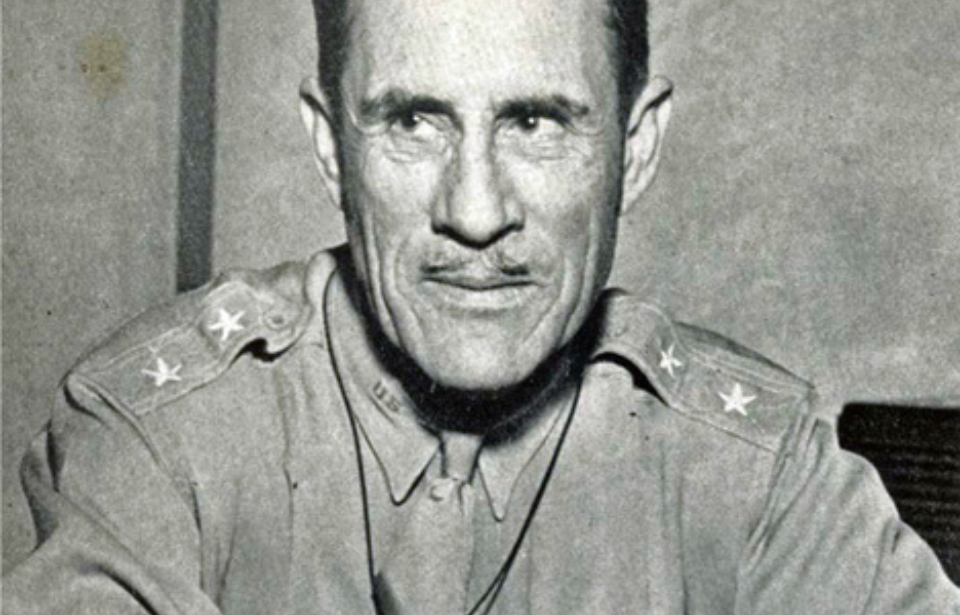They don’t make soldiers like Clarence L. Tinker anymore. Born on a Native American reservation in 1887, Tinker was inspired to serve the United States by those who came before him. Serving in the Pacific Theater during World War II, he stands as a revered serviceman and an inspiration to the American public.
Clarence L. Tinker’s heritage had a significant impact on him
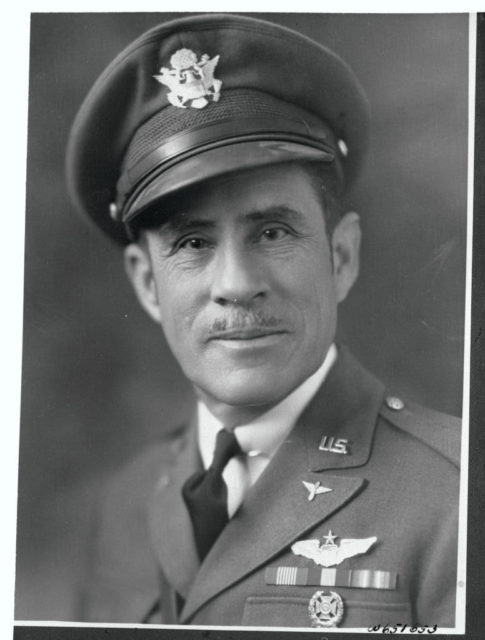
Clarence L. Tinker was born on November 21, 1887, near Pawhuska, Oklahoma. He was raised as part of the Osage Nation, a Midwestern Native American tribe located on the Great Plains, and learned their language and culture from his parents and other family members. The elder Tinker ran the Wah-Sha-She News, one of the area’s first newspapers.
Tinker went to Catholic and public schools, and grew idolizing 19th century scouts from the Osage Nation who had served in the US Cavalry. He was also impressed with the story of Osage Chief Arthur Bonnicastle, who’d fought in the Boxer Rebellion, in China.
At the age of 12, Tinker enrolled in the Haskell Institute, a famed school for Native Americans. However, he didn’t end up graduating and, instead, joined the Wentworth Military Academy & College. He completed his education at the institution, graduating in 1908. He was then commissioned as a second lieutenant (some sources say third lieutenant) in the Philippine Constabulary, serving for four years.
Clarence L. Tinker’s early years in the US military
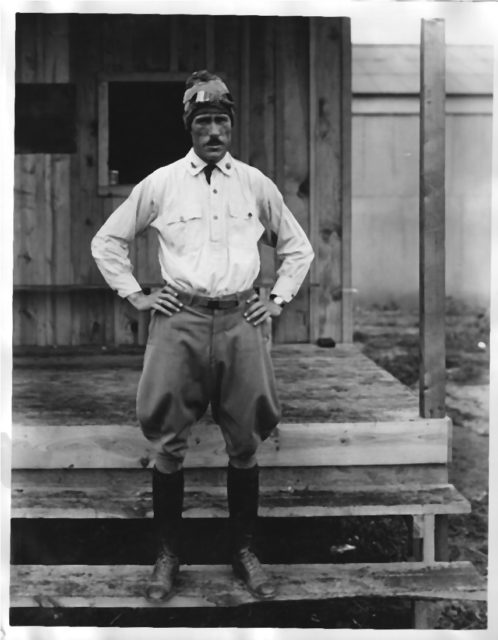
In 1912, Clarence L. Tinker enlisted in the US Army infantry as a second lieutenant, and a year later was stationed at Schofield Barracks, in Hawaii, with the 25th Infantry Regiment. While there, the young soldiers met and married Madeline Doyle. Together, the couple had three children.
While he didn’t deploy overseas during the First World War, he did serve in California and the southwestern US throughout the conflict, earning the rank of major. In 1919, he began flight training, and three years later officially joined the US Army Air Service (USAAS). While studying at the Army Command and Staff College, Tinker became acquainted with future US President Dwight D. Eisenhower.
Throughout the late 1920s and ’30s, Tinker regularly rose through the ranks of the US Army Air Service. In 1926, he was sent to London, England as an Assistant Military Attaché, and a year later returned to the US and was named the Assistant Commandant of the Advanced Flying School at Kelly Field, Texas.
The United States enters the Second World War
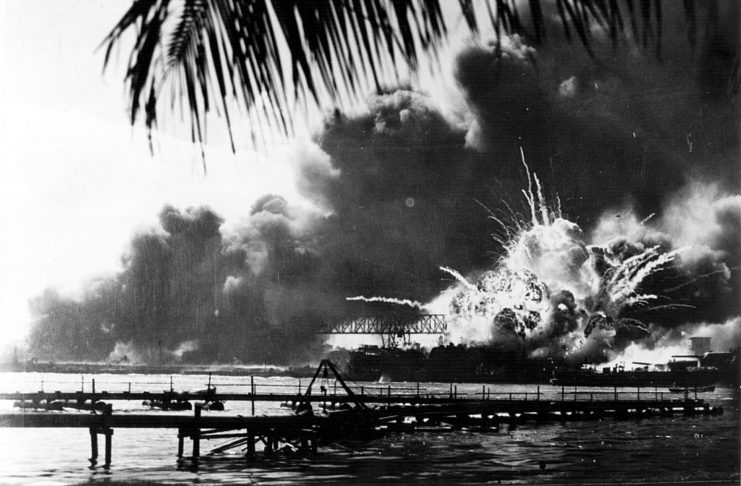
Following the Japanese attack on Pearl Harbor on December 7, 1941, Clarence L. Tinker was promoted to major general (the first Native American in US history to receive the rank) and named the commander of the Seventh Air Force at Hickam Field, Hawaii. This made him responsible for reorganizing the island’s air defenses.
It was Tinker’s belief that US forces would eventually take out the Imperial Japanese Army, with the US Army Air Forces (USAAF) playing a key role in making that happen.
The Battle of Midway
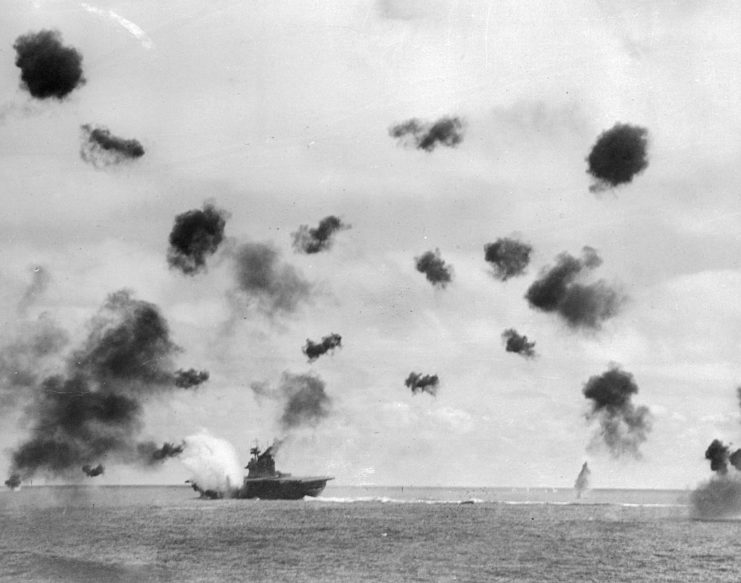
During the planning for the Battle of Midway, Clarence L. Tinker hoped to incorporate some of his theories about how to combat the Japanese. The battle was stirring victory for the Allied forces and turned the tide in the Pacific Theater. Tinker, however, wanted to keep his foot on the Japanese forces.
The major general led a squadron from the 31st Bombardment Squadron in an attempt to take out retreating Japanese aircraft near Wake Island. During the mission, his Consolidated LB-30 Liberator lost control and crashed into the ocean. He and 10 others were killed, and their bodies were never recovered.
Clarence L. Tinker is a revered war hero
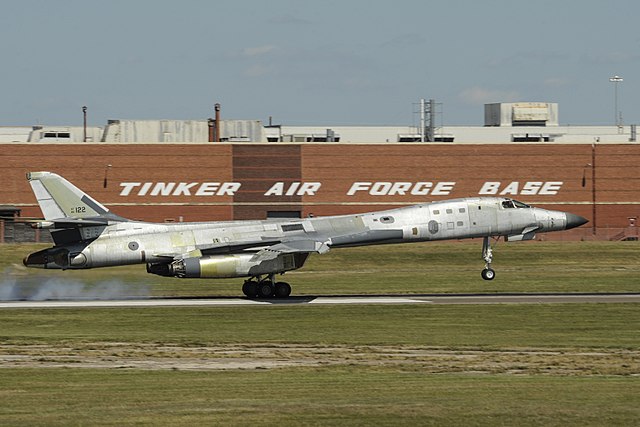
Clarence L. Tinker’s sacrifice made him the first American general to be killed during the Second World War. For his service, he was posthumously awarded the Distinguished Service Medal. Just months after his death, the Oklahoma City Air Depot was renamed Tinker Field, and is now known as Tinker Air Force Base.
More from us: MoH Recipient Gregory ‘Pappy’ Boyington was Among the Most Famous Pilots of WWII
The Osage Nation honors its military veterans each year during their In-Lon-Schka celebration, with a special moment dedicated to Tinker. A special song written for him is performed. As his grandson, Chris Tinker, explains:
“The biggest emotion for me is humility because I know I could never do what he did. When I go out there, I’m a little afraid because it’s bigger than me. It’s generations of people going all the way back, who helped him become who he was. It’s about this way of life.
“When you have that kind of unity and sense of responsibility, obligation and service to one another, you want to be a part of it, and you can lead. You have the kind of courage that comes from all of those ways and prayers that made you who you are. That’s what they say about this dance. You can become a man out here.”
